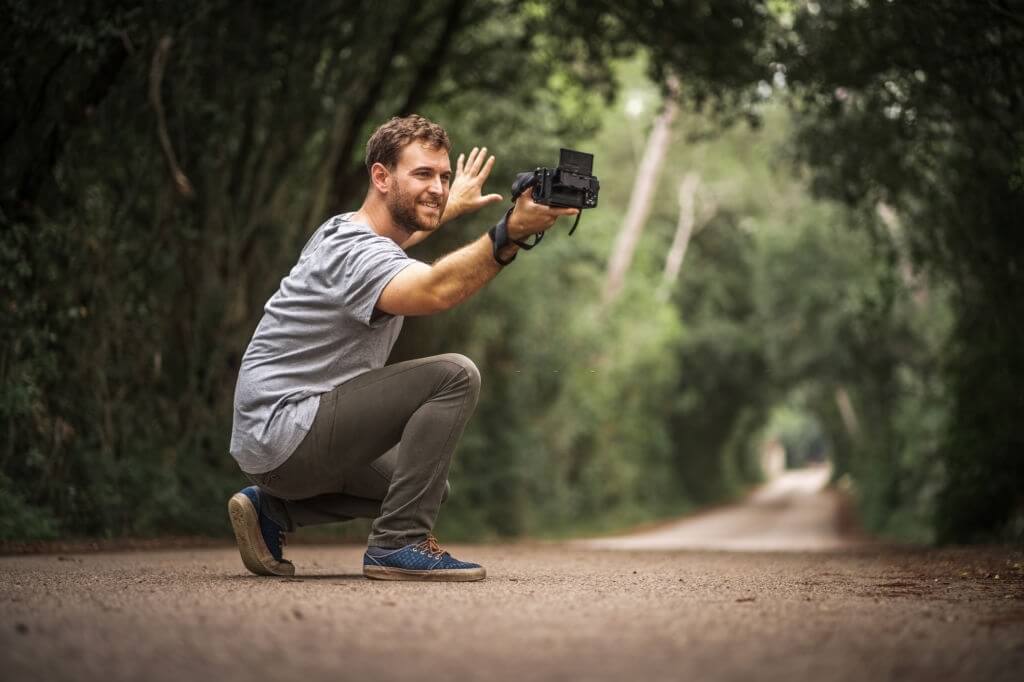If you love capturing moments and have a passion for storytelling through images, you may be wondering: How do I start a photography business? With the right strategy, tools, and mindset, you can turn your passion into a profitable venture in 2025.
This comprehensive guide will walk you through:
- Legal and financial setup
- Photography equipment needed
- Branding and portfolio creation
- Marketing strategies to get clients
- Pricing and packages
- SEO tips for photography websites
Step 1: Define Your Photography Niche
Before launching, identify your target market and niche. Popular photography niches include:
- Wedding photography
- Portrait photography (family, newborn, maternity)
- Event photography (corporate, parties)
- Real estate photography
- Product or commercial photography
- Fashion and editorial
- Pet photography
SEO Tip: Use niche keywords like “wedding photographer in [city]” to rank in local searches.
Step 2: Register and Legalize Your Business
Make your business legitimate:
- Choose a Business Name
Ensure the domain is available.
Check for trademark conflicts.
- Register Your Business
Choose a structure: Sole Proprietor, LLC, etc.
Register with your local or state business office.
- Get an EIN (Employer Identification Number)
Needed for taxes and opening a business bank account.
- Buy Business Insurance
Covers equipment loss and liability at shoots.
Step 3: Get the Right Photography Equipment
Here’s a basic gear checklist for new photography business owners:
| Equipment | Recommended Examples |
| DSLR or Mirrorless Camera | Canon R6, Sony A7 IV, Nikon Z6 |
| Lenses | 50mm prime, 24–70mm zoom |
| Lighting | Speedlights, softboxes |
| Tripods & Stabilizers | Manfrotto, Joby GorillaPod |
| Memory Cards & Storage | SanDisk Extreme Pro, external SSD |
| Editing Software | Adobe Lightroom, Photoshop |
Don’t overspend—invest gradually based on your niche and bookings.
Step 4: Build a Professional Website & Portfolio
A clean, mobile-friendly website helps build credibility and attract clients.
Website Must-Haves:
- Portfolio gallery
- About you / your story
- Packages and pricing
- Online booking or contact form
- Client testimonials
- Blog for SEO traffic
SEO Tip: Optimize your site with keywords like “affordable portrait photographer in [your city]” or “best real estate photography services.”
Step 5: Set Your Pricing Strategy
Start with competitive pricing, then raise rates as your portfolio grows.
Common Models:
- Per Session Fee: Flat rate for time and number of edited photos.
- Hourly Rates: Typically $75–$300/hour based on experience.
- Packages: Offer tiered packages for events and weddings.
- Add-ons: Prints, extra edits, albums, travel costs.
Research competitors in your area to position your pricing effectively.
Step 6: Market Your Photography Business
Attract your first clients using a mix of offline and online strategies:
Online:
- SEO Blog Posts (e.g., “Top Engagement Photo Locations in [City]”)
- Social Media (Instagram, Facebook, TikTok)
- Google Business Profile
- Facebook/Instagram Ads
- Pinterest for wedding/family photography
Offline:
- Partner with wedding planners or realtors
- Join local networking groups (BNI, Chamber of Commerce)
- Offer referral discounts
- Run seasonal mini-shoot promos
Step 7: Manage Clients Like a Pro
Use CRM tools like HoneyBook or Dubsado to manage leads, contracts, invoices, and workflows.
Also consider:
- Online galleries for delivering photos (Pixieset, ShootProof)
- Digital contracts and waivers
- Email marketing for client follow-ups and promotions
SEO Keywords to Include in Your Website or Blog
To attract more organic traffic, use these high-intent keywords:
- how to start a photography business
- photography business checklist
- start a freelance photography company
- photography business pricing
- wedding photographer startup guide
- photography business plan
- best camera for photography business
- local photographer for hire
Use them in your:
- Homepage and service pages
- Blog titles and image alt tags
- Meta descriptions and headers (H2s & H3s)
Conclusion
Starting a photography business in 2025 is not just possible—it’s more accessible than ever. With the right planning, equipment, and marketing, you can turn your creative talent into a thriving, profitable career.
From defining your niche to optimizing your online presence, every step you take builds toward a business that reflects your passion and supports your goals.
FAQs
Q1: How much does it cost to start a photography business?
Startup costs range from $2,000 to $10,000, depending on gear, website, marketing, and legal setup.
Q2: Do I need a license to start a photography business?
Yes, most cities/states require a business license or sales tax permit, especially if you sell prints or services.
Q3: Can I run a photography business from home?
Absolutely. Many successful photographers start with home studios or on-location shoots to keep overhead low.
Q4: What’s the best way to get clients?
Use a combination of local SEO, social media, Google Business Profile, and networking with vendors like event planners or realtors.
Q5: How long does it take to become profitable?
With the right marketing, many photographers begin earning steady income within 6–12 months.
Also read: Songs About Accomplishment That Will Inspire Success







